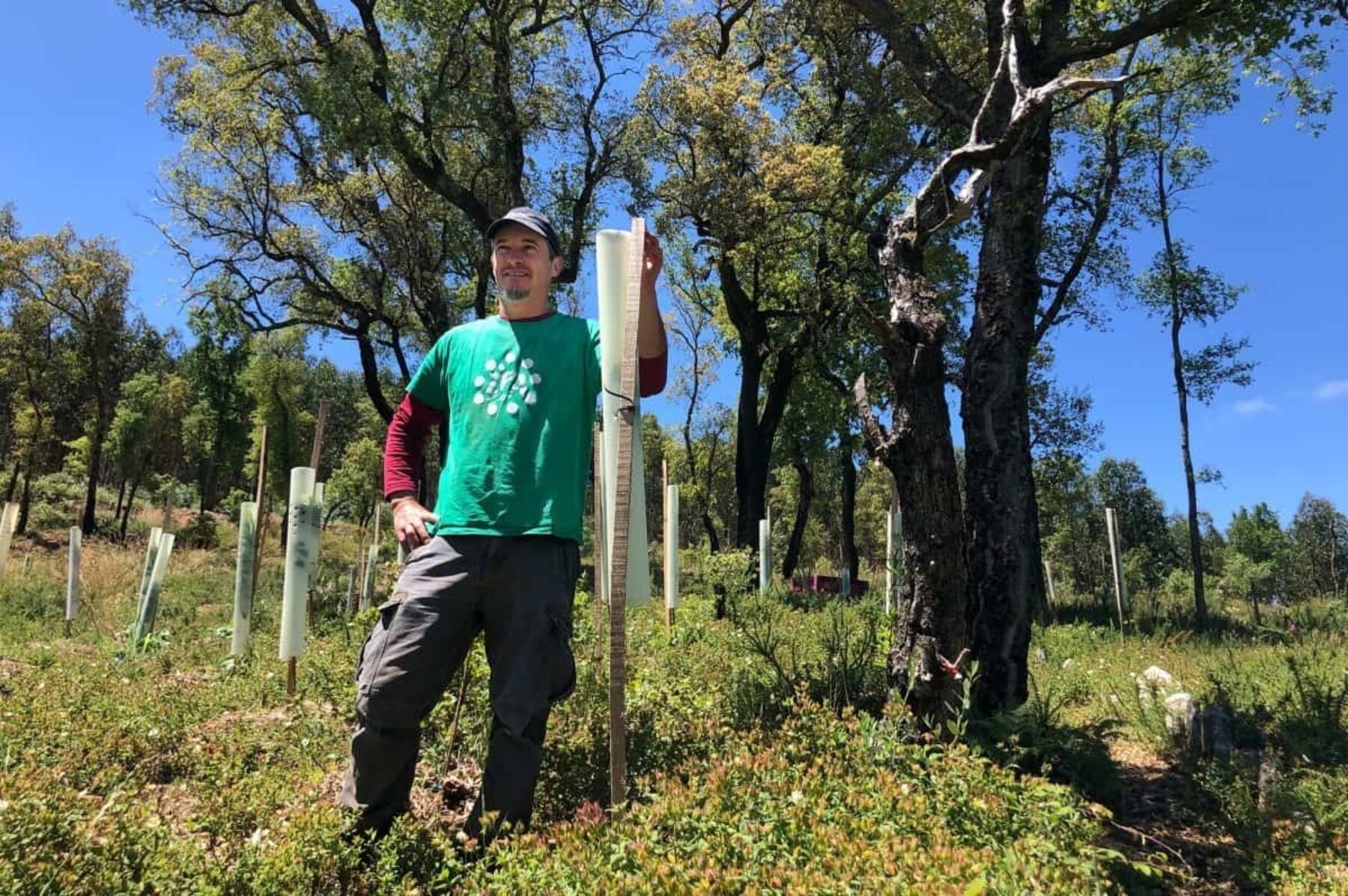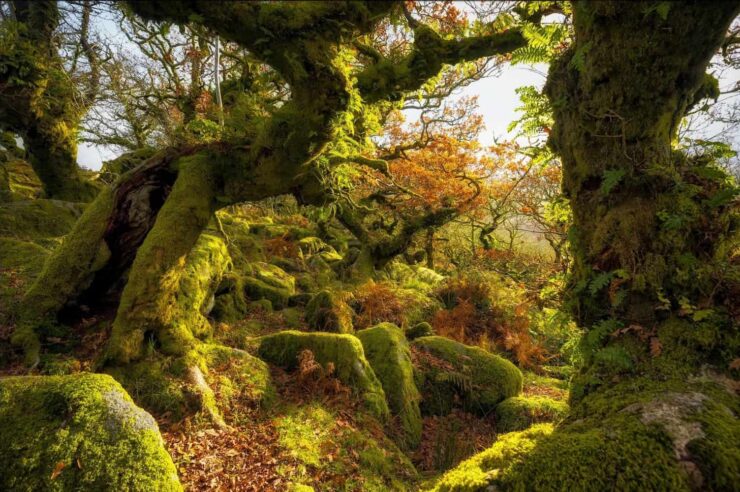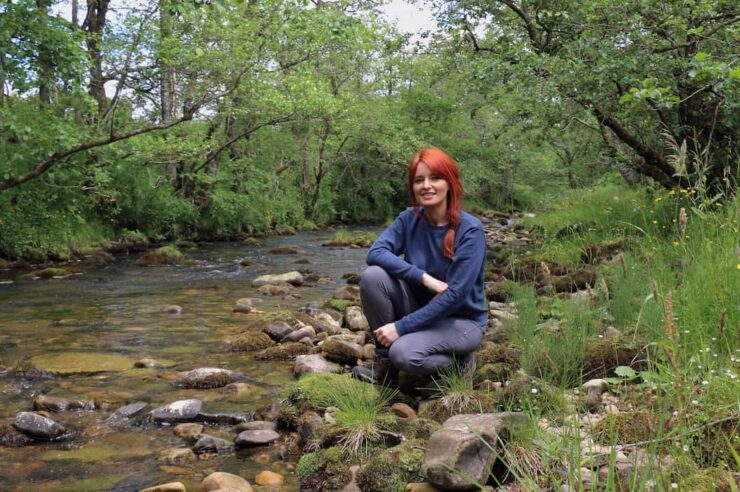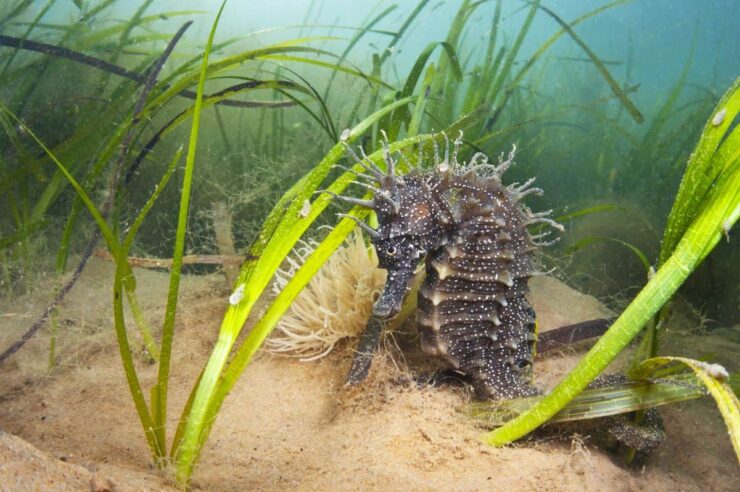During Portugal’s most lethal wildfire to date, Antonio Zuzarte’s rural village was surrounded by an inferno of burning eucalyptus plantations. Five years on, he and his neighbours have regenerated their local landscape – and protected their area from future blazes
Antonio Zuzarte struggles to find the words. He’s never been to war. But that’s the closest comparison he can think of. Like an aerial bombardment, he says. Huge fireballs lighting up the night sky. The sound of explosions rending the air. A sense the whole world had suddenly gone up in flames.
Ferraria de São João had experienced wildfires in the past, but nothing on this scale. When the flames first crested the hill to the east of the ancient, cobblestone village in central Portugal, Antonio and his fellow residents (38 in total, at the time) knew they were in trouble. That was 1am. By sunrise, thousands of eucalyptus trees surrounding their homes stood smouldering – a decimated army of black-ashen ghouls.
“I went up to check on the telephone mast above the village, but it was no good; the heat and the flames were so intense, I had to go back. There was nothing you could do to stop its advance,” says Antonio, who works as a telephone engineer.
Fortunately, no one was killed. If the prevailing wind had not been heading away from the village, it could easily have been a different story.
On that same night, 17 June 2017, with temperatures soaring over 40C, 156 fires broke out across the country. In nearby Pedrógão Grande, the villagers weren’t so lucky. Thirty died as flames surged up the highway, engulfing their cars. Another 17 died trying to fee on foot. It was the country’s most lethal forest fire to date.
Wildfires are not new to Portugal, yet, as is the case across the rest of Europe, their frequency and ferocity are on the increase as climate change ramps up. Blazing temperatures last summer resulted in the continent’s worst fires for decades. More than 750,000 hectares (equivalent to almost two Majorcas) went up in smoke – close to triple the 15-year average.
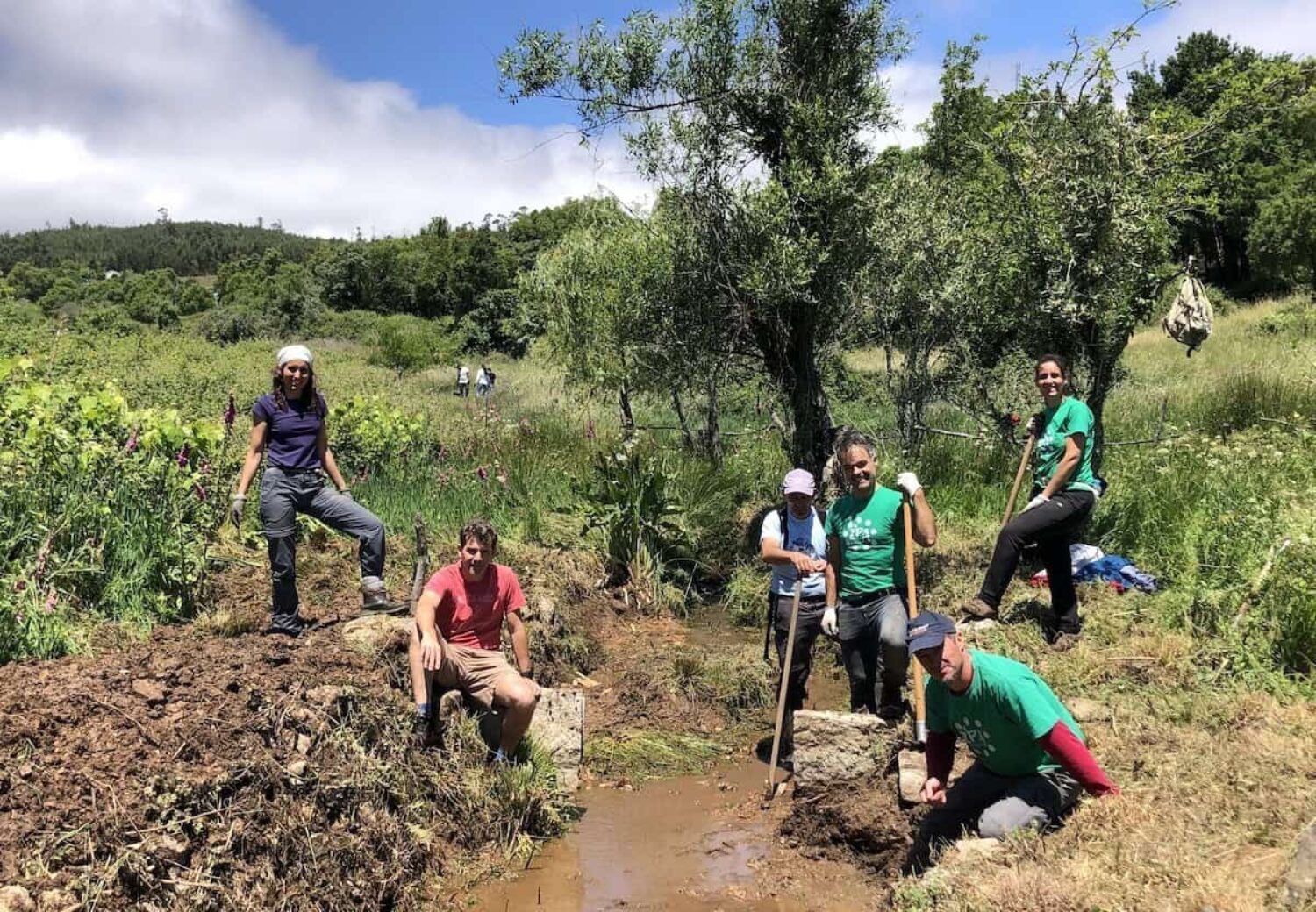
What began as a fire prevention initiative has since spawned a wider regeneration effort. Image: Oliver Balch
As well as the wind, Antonio puts the village’s narrow escape down to another factor: Ferraria’s much-loved cork trees. Thanks to their natural honeycomb cell structure, which act like tiny pockets of air, cork trees are highly resistant to fire. Despite the wildfire’s intensity, these magnificent, gnarled sentries emerge singed but standing.
The same was not true for the ubiquitous eucalyptus. First introduced to Portugal from Australia in the late 18th century, this aromatic member of the myrtle family is famous for two things: the speed with which it grows (meaning pulp and paper manufacturers love it), and the ease with which it burns.
“Immediately after the fire, we all got together as a community, and do you know the first thing we did? We drew a 100-metre ring around the village and said, ‘Enough, no more eucalyptus here,’” recalls Antonio.
I’d never say I’m grateful for the fire, but it’s amazing to look around and see how far we’ve come
That was no small task. Tempted by fat rents for little work, a handful of Ferraria’s larger landowners had allowed 50,000 or more of the invasive species to be planted around the village’s immediate perimeter.
In their place, Antonio and a small group of volunteers have spent the last five years planting and then caring for a host of alternatives. Today, the slender sapling trunks of cork trees, oaks, chestnuts and fruit trees can be seen dotting the sloping hillsides around the village.
What began as a fire prevention initiative has since spawned a wider regeneration effort. Every couple of months, the Friends of Ferraria de São João – a volunteer group of concerned locals – get together to undertake a pressing task, be it clearing an irrigation channel of weeds or sowing fennel, mint and parsley between the saplings.
“I’d never say I’m grateful for the fire,” says Antonio, “but it’s amazing to look around the village now and see how far we’ve come since then. Really, it surprises me even now.”
Help us break the bad news bias
Positive News is helping more people than ever to get a balanced and uplifting view of the world. While doom and gloom dominates other news outlets, our solutions journalism exists to support your wellbeing and empower you to make a difference towards a better future. And as Positive News’ audience and impact grows, we’re showing the rest of the media that good news matters.
But our reporting has a cost and, as an independent, not-for-profit media organisation, we rely on the financial backing of our readers. If you value what we do and can afford to, please consider making a one-off or regular contribution as a Positive News supporter. Give once from just £1, or join 1,000+ others who contribute an average of £3 or more per month. You’ll be directly funding the production and sharing of our stories – helping our solutions journalism to benefit many more people.
Join our community today, and together, we’ll change the news for good.
